
What Is The Target Market For A Brewery?
In the dynamic and diverse world of craft beer, understanding your target market can help a brewery succeed. Craft breweries have carved out a unique niche in the beverage industry, offering consumers more than just a drink but an experience, a story and a sense of community. But who is this target audience who are passionate about craft beer culture? Delving deeper into the demographic, psychographic and behavioral dimensions of these audiences can reveal a wealth of preferences, values and lifestyles.
From millennials seeking adventurous flavors to baby boomers rediscovering the art of craft brewing, a brewery’s target market is as multifaceted as the beer it produces. In this comprehensive exploration, we’ll uncover the complex factors that shape craft brewery’s target markets, providing valuable insights for brewers looking to connect with their audiences and achieve long-term success in this dynamic industry.
Complete Guide
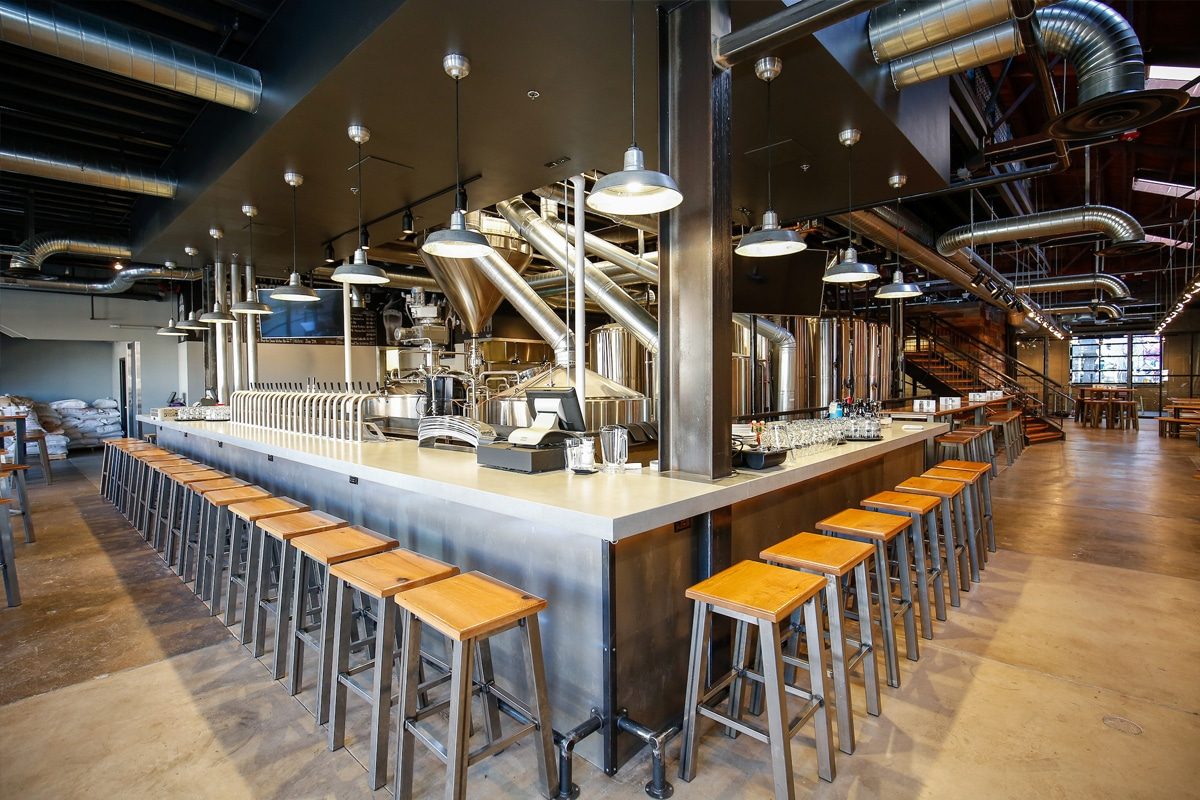
The Rise of Craft Beer Culture
The craft beer revolution has transformed the beverage industry, ushering in a new era of innovation, diversity, and consumer engagement. Unlike mass-produced, homogeneous beers, craft breweries have carved out unique niches by celebrating creativity, quality, and community. The resurgence of interest in craft brewing is not just a passing trend, but a cultural shift that reflects changes in consumer preferences and values.
Return to crafts
At the heart of the craft beer movement lies an unwavering commitment to craftsmanship and quality. Craft brewers prioritize traditional brewing methods, quality ingredients, and hands-on production techniques, which sets them apart from their industrial counterparts. This pursuit of authenticity resonates with consumers who value transparency, and integrity and seek excellence in their beverages.
Local love and community connections
Craft breweries have become more than just a place to grab a drink, they are community gathering places where neighbors can mingle, share stories, and celebrate local culture. By sourcing ingredients locally, partnering with nearby businesses, and hosting events that promote community involvement, craft breweries strengthen connections between consumers and local communities.
Many flavors and styles
One of the most appealing aspects of craft beer culture is the variety of flavors and styles available to consumers. From hoppy IPAs and rich stouts to sour beers and experimental beers, craft breweries offer a wide range of options to suit every taste and preference. This diversity encourages exploration and discovery, inviting consumers to step out of their comfort zones and embrace new sensory experiences.
The impact of the food movement
The rise of the food movement has played a key role in the growing popularity of craft beer. As consumers become more adventurous in their culinary pursuits, they seek beverages that complement and enhance their dining experiences. With their complex flavors, versatility, and ability to pair well with a variety of cuisines, craft beer has become a favorite among foodies looking to elevate their culinary adventures.
Sustainability and social responsibility
In an era of increasing environmental and social awareness, craft breweries are increasingly adopting sustainable practices and advocating for social causes. From eco-friendly brewing processes and packaging innovations to philanthropic partnerships and community outreach programs, craft breweries are using their influence to have a positive impact on the world around them. This commitment to sustainability and social responsibility resonates with consumers who prioritize ethical consumption and want to support businesses that align with their values.
The rise of craft beer culture represents a multi-faceted movement that goes beyond mere beverage preference. It embodies a broader shift toward authenticity, community, exploration, and responsibility. This transformation has captured the hearts and tastes of consumers around the world. As craft breweries continue to innovate and evolve, they will undoubtedly shape and be influenced by the dynamic landscape of consumer culture, providing new experiences and opportunities to participate in the ever-evolving world of craft beer.
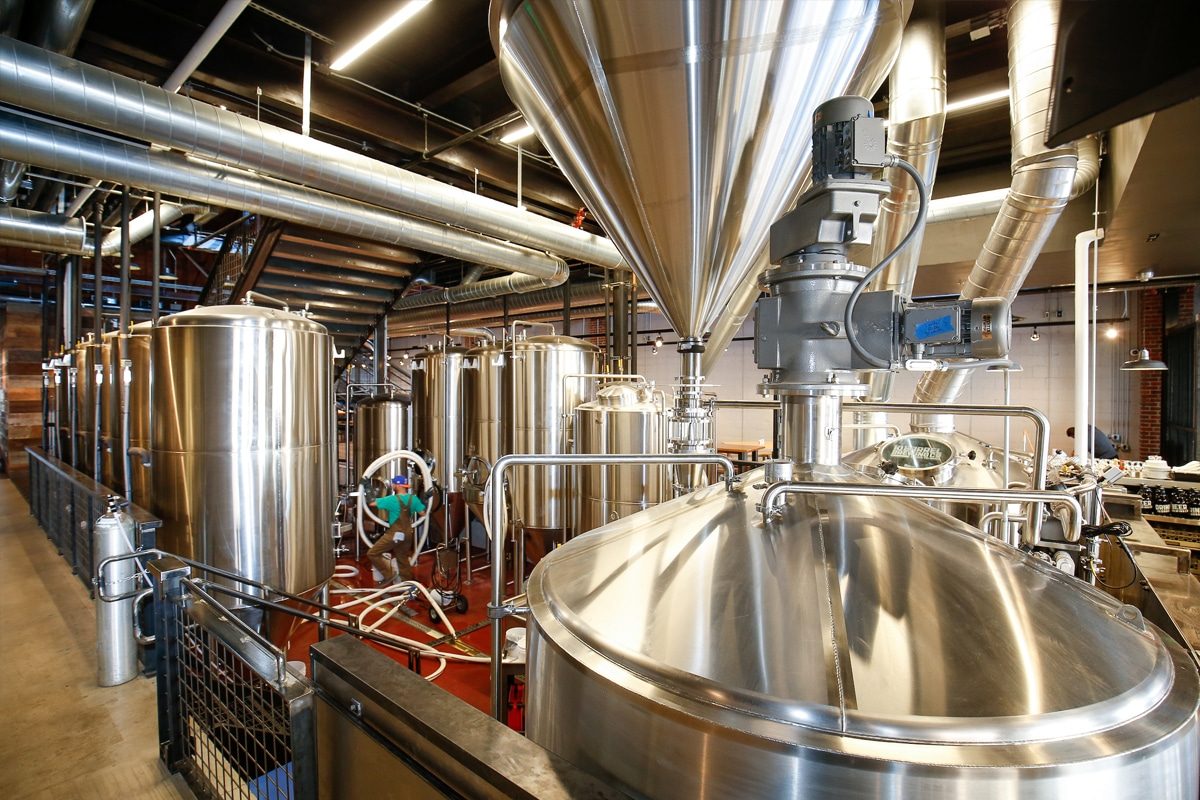
Know Your Target Market
Craft breweries cater to a variety of consumers, each with their preferences, values, and purchasing behaviors. To effectively reach and engage this audience, breweries must have a nuanced understanding of their target market. Let’s break down the key factors that influence a brewery’s target market:
Demographic Factors
Craft beer enthusiasts come from all walks of life, but certain demographics can help breweries identify their target audience:
Age
Craft beer enjoys broad appeal across all age groups, but certain groups tend to be more gravitating toward craft beer than others. Millennials are often considered adventurous and open-minded consumers, and they form a significant part of the craft beer market. However, Gen Xers and baby boomers are also attracted to the variety and quality offered by craft breweries, contributing to the customer base.
Gender
While craft beer has historically been associated with male consumers, that landscape is changing rapidly. Women are increasingly becoming an important part of the craft beer market, challenging stereotypes and reshaping industry norms. Breweries that embrace inclusion and diversity are sure to benefit from a growing population.
Income Level
Craft beer is typically priced higher than mass-produced alternatives, making it more accessible to consumers with higher disposable incomes. Middle- and upper-class people who prioritize quality and are willing to invest in artisanal products make up a large portion of the brewery’s target market.
Education and Careers
Educational level and occupation also influence the likelihood of consumers participating in craft beer. Educated professionals, including those in creative fields or passionate about the culinary arts, are often attracted to the complexity and craftsmanship of craft beer. Breweries may tailor their marketing efforts to appeal to this demographic, highlighting the artistry and innovation behind their products.
Psychological Factors
Craft beer drinkers are not only defined by their demographics, their values, attitudes, and lifestyles also play a significant role in shaping their preferences:
Lifestyle and Hobbies
Craft beer drinkers often share similar lifestyle preferences and hobbies. They may be drawn to outdoor activities such as hiking, camping, or attending music festivals. Breweries can capitalize on these interests by organizing events, sponsoring local events, and creating immersive experiences that resonate with their target audience.
Values and Beliefs
Many craft beer consumers are guided by values such as authenticity, sustainability, and supporting local businesses. Breweries that align with these values in their branding, sourcing practices, and community engagement efforts can create deeper connections with their target markets. By embodying principles that resonate with consumers, breweries can stand out in a crowded market and build long-term loyalty.
Taste Preference
Craft beer drinkers are adventurous by nature, constantly looking for new flavors, styles, and brewing techniques. Breweries offer a variety of options, including seasonal releases and experimental beers, that can capture consumers’ curiosity and keep them coming back for more. Additionally, breweries that prioritize quality ingredients and meticulous craftsmanship can earn the trust and respect of discerning beer drinkers.
Behavioral Factors
Understanding the buying habits and consumption patterns of craft beer consumers can help breweries connect with their target markets:
Brand Loyalty
Craft beer drinkers often have a strong affinity for specific breweries or beer styles. Establishing a unique brand identity and creating meaningful connections with consumers is critical to cultivating brand loyalty. Breweries that prioritize customer engagement, personalized experiences, and consistent quality can earn a coveted spot in the hearts of their customers.
Purchase Frequency
Analyzing purchase frequency, volume, and seasonal trends among craft beer consumers can provide breweries with valuable insights. Some consumers may purchase craft beer as an occasional indulgence, while others may incorporate it into their daily routine. By understanding these patterns, breweries can adjust their product offerings, pricing strategies, and promotional efforts to meet the changing needs and preferences of their target markets.
Geographic Factors
The brewery’s location also affects its target market:
Urban and Rural
Urban areas with vibrant nightlife and cultural scenes tend to have higher concentrations of craft beer drinkers. Breweries located in or near these areas can attract a diverse and dynamic customer base, especially if they offer unique flavors, innovative beers, and engaging experiences. However, breweries in suburban or rural areas can also thrive by serving resident needs, hosting community events, and showcasing the area’s unique flavors and traditions.
Regional Preference
Different regions and locations may have different beer preferences and brewing traditions. Breweries should conduct market research to understand regional tastes, cultural differences, and consumer preferences so they can adjust their products and marketing strategies accordingly. By embracing local flavors, ingredients, and traditions, breweries can connect with their customers on a deeper level and create products that resonate with the identity of their region.
Cultural Impact
Cultural factors, including regional traditions, customs, and social norms, can influence consumer attitudes toward craft beer:
Multiculturalism
The craft beer community is increasingly diverse, reflecting a wide range of cultures, backgrounds, and experiences. Breweries that embrace diversity, celebrate multiculturalism, and create inclusive spaces can engage a wider audience and foster a sense of belonging among their customers. Partnering with local artists, musicians, and community leaders can help breweries showcase cultural diversity and create memorable experiences that attract a diverse customer base.
Cultural Trends
Keeping up with cultural trends and consumer preferences is critical to staying ahead of the curve in the ever-evolving craft beer industry. From emerging flavor profiles and brewing technologies to pop culture movements and social media trends, breweries must keep up with market dynamics and adjust their products and marketing strategies accordingly. By being proactive and innovative, breweries can capitalize on cultural trends and create products that resonate with contemporary consumers.
Craft breweries cater to a diverse and dynamic target market, including individuals from different demographic backgrounds, psychographics, and geographic locations. By understanding the nuanced preferences, values, and behaviors of their target audience, breweries can develop tailored marketing strategies, innovate with new flavors and styles, and create meaningful connections with customers. In an ever-changing environment, the ability to adapt and evolve while staying true to core values helps breweries thrive in the competitive world of craft beer. As the craft beer movement continues to grow and expand, breweries’ target markets will undoubtedly continue to evolve, creating new opportunities and challenges for those willing to embrace change and push the boundaries of brewing innovation.
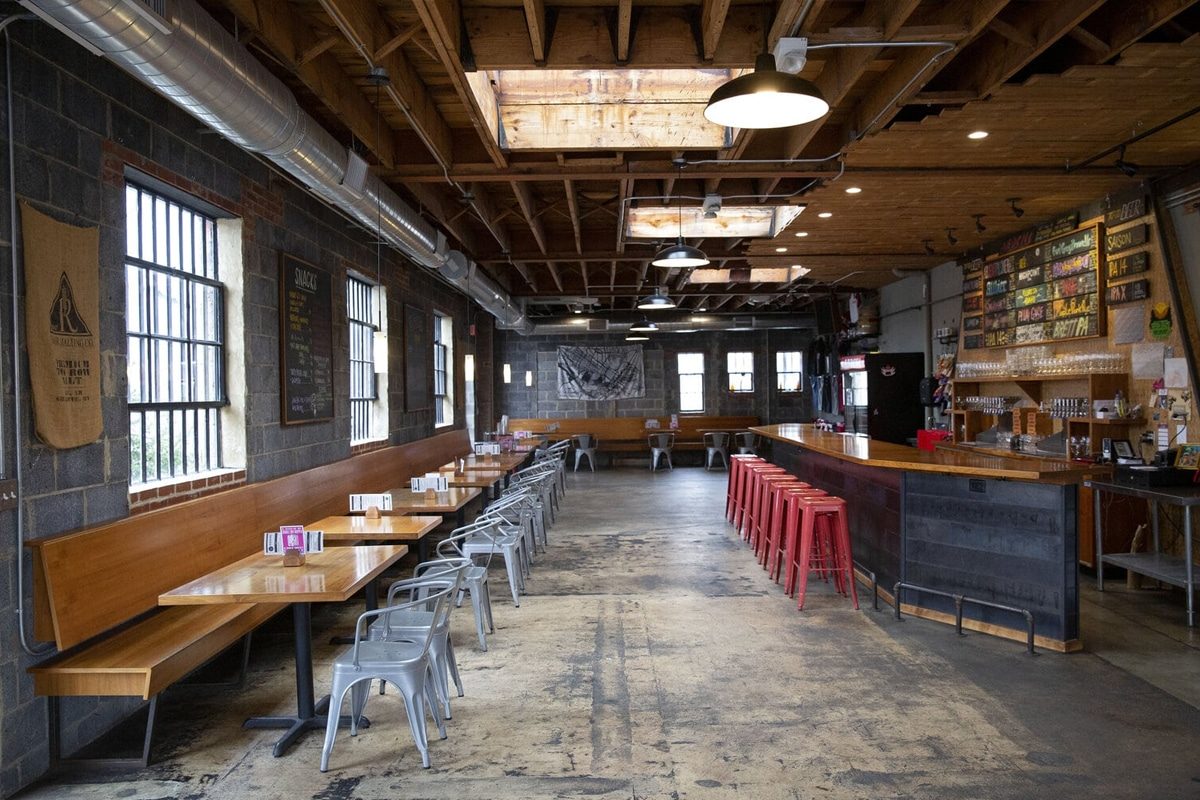
Marketing Strategy for Brewery Target Markets
Craft breweries operate in a highly competitive market, where differentiation and connection with your target audience are critical to success. An effective marketing strategy plays a key role in reaching and engaging a brewery’s target market. Here are some key strategies breweries can use to connect with their audience:
Personalized marketing
Craft breweries can increase customer loyalty and satisfaction by implementing personalized marketing strategies that target market preferences and behaviors:
Client Subdivision
Segmenting target markets based on demographics, psychographics, and purchasing behavior allows breweries to deliver more relevant and compelling marketing messages. By understanding the unique needs and preferences of different customer segments, breweries can create customized promotions, product recommendations, and experiences that resonate with their audiences.
Loyalty Program
Implement a loyalty program to reward repeat customers and encourage them to continue visiting the brewery. Offering perks like discounts, exclusive access to events, and personalized recommendations can incentivize customers to choose a brewery over competitors. In addition, collecting data on customer preferences and purchase history through loyalty programs allows breweries to further refine their marketing efforts and enhance the customer experience.
Personalized Content
Craft breweries can engage their target market with personalized content that directly reflects their interests and passions. This may include blog posts, videos, social media posts, and email newsletters showcasing new releases, behind-the-scenes insights, and stories about the brewing process. By creating content that resonates with audiences on a personal level, breweries can foster deeper connections and build brand loyalty.
Social Media Engagement
Social media platforms provide craft breweries with powerful tools to connect with their target market, build brand awareness, and drive customer engagement:
True Storytelling
Craft breweries can use social media to share their unique stories, values, and culture with their audiences. By showcasing the people behind the brand, the brewing process, and the community initiatives they support, breweries can humanize their brands and create real connections with customers. Storytelling can resonate with consumers on an emotional level, creating loyalty and advocacy for the brewery.
Interactive Content
Craft breweries can create interactive content on social media to engage their audience and encourage engagement. Polls, quizzes, contests, and live streams provide customers with the opportunity to interact with breweries in real-time, share opinions, and connect with like-minded individuals. Interactive content fosters a sense of community and excitement around the brewery, resulting in increased engagement and brand awareness.
Influencer Partnerships
Partnering with influencers and brand ambassadors who align with a brewery’s values and target market can expand its reach and credibility on social media. Influencers can create authentic content that showcases their experiences with brewery products, events, and initiatives, reaching new audiences and increasing engagement. By leveraging the reach and authenticity of trusted voices, breweries can enhance their brand presence and connect with potential customers.
Community Involvement
Craft breweries play an integral role in their local communities, and participating in community initiatives can strengthen their connections with their target markets:
Sponsors and Partners
Breweries can support local events, charities, and organizations that align with their values and resonate with their target market. Sponsorship opportunities such as beer festivals, fundraisers, and community gatherings provide the brewery with exposure and demonstrate its commitment to giving back to the community. By actively participating in community events and initiatives, breweries can strengthen their brand and develop goodwill among residents.
Taproom Events and Experiences
Hosting events and experiences in brewery taprooms creates opportunities for customers to connect with the brand in person and build deeper relationships. From beer tastings and brewery tours to live music and theme parties, bar events offer unique experiences that attract loyal customers and new visitors alike. By creating memorable experiences that reflect the brewery’s personality and values, breweries can build lasting connections with their target markets.
Cooperation with Local Businesses
Partnering with local businesses, artisans, and creatives can increase a brewery’s visibility and appeal in the community. Co-promotions, product collaborations, and cross-promotional campaigns allow breweries to leverage a partner business’s existing customer base and reach new audiences. By supporting and partnering with other local entrepreneurs, breweries can strengthen their ties to the community and position themselves as integral members of the local ecosystem.
Craft breweries can effectively reach and engage their target market through personalized marketing, social media engagement, and community involvement. By understanding their audience’s preferences, behaviors, and values, breweries can create meaningful connections, build brand loyalty, and achieve long-term success in the highly competitive craft beer industry. By implementing strategies that prioritize authenticity, creativity, and community involvement, breweries can stand out and stand out in a crowded marketplace. As the craft beer movement continues to grow, breweries that employ these marketing strategies will be well-positioned to thrive in the dynamic craft beer world and expand their customer base.
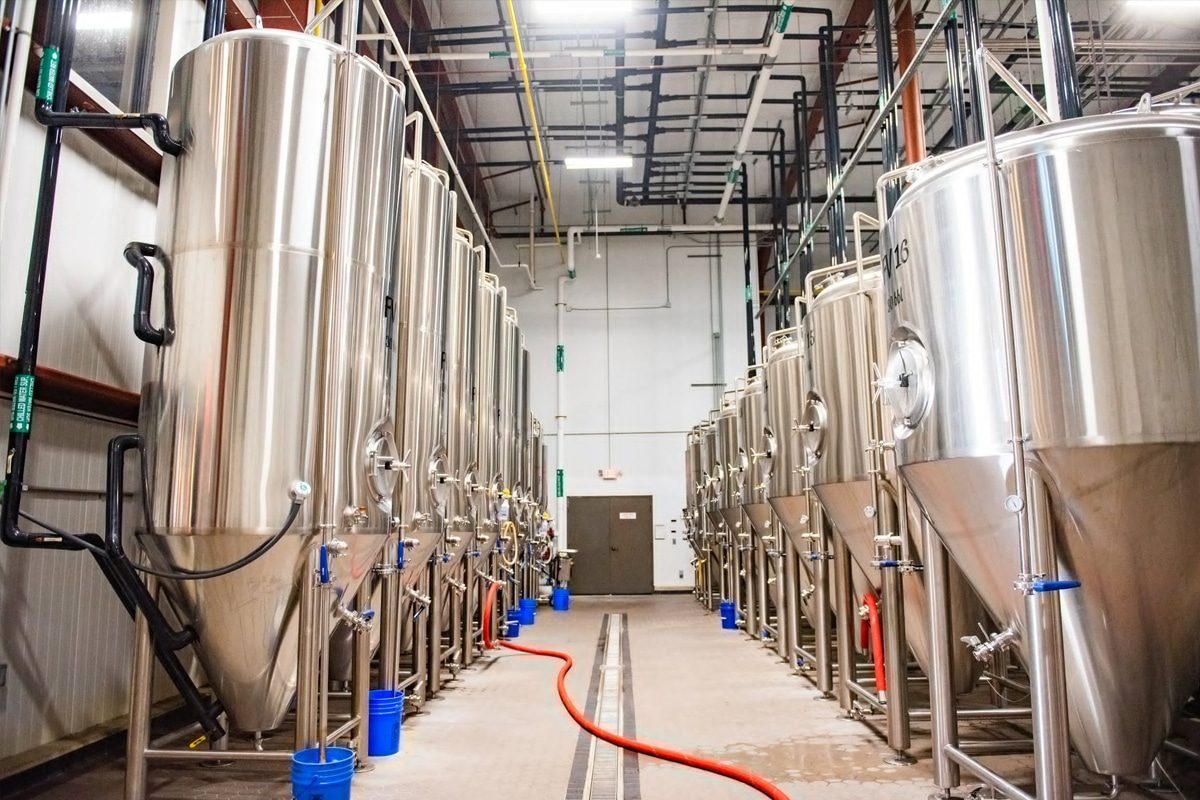
Summary
Understanding the target market for a brewery is essential for crafting successful marketing strategies, fostering brand loyalty, and driving growth in the competitive craft beer industry. The target market for craft breweries is diverse, encompassing individuals from various demographic backgrounds, psychographic profiles, and geographic locations. Key factors that shape the target market include age, gender, income level, lifestyle preferences, values, and purchasing behaviors.
Craft beer enthusiasts are characterized by their adventurous palate, appreciation for authenticity, and willingness to support local businesses. They value unique flavor experiences, community engagement, and sustainability. To connect with this audience, breweries must implement personalized marketing strategies, engage actively on social media platforms, and participate in community initiatives. By leveraging these insights and aligning their offerings with the preferences and values of their target market, breweries can build lasting relationships, foster brand loyalty, and achieve long-term success in the dynamic world of craft beer.
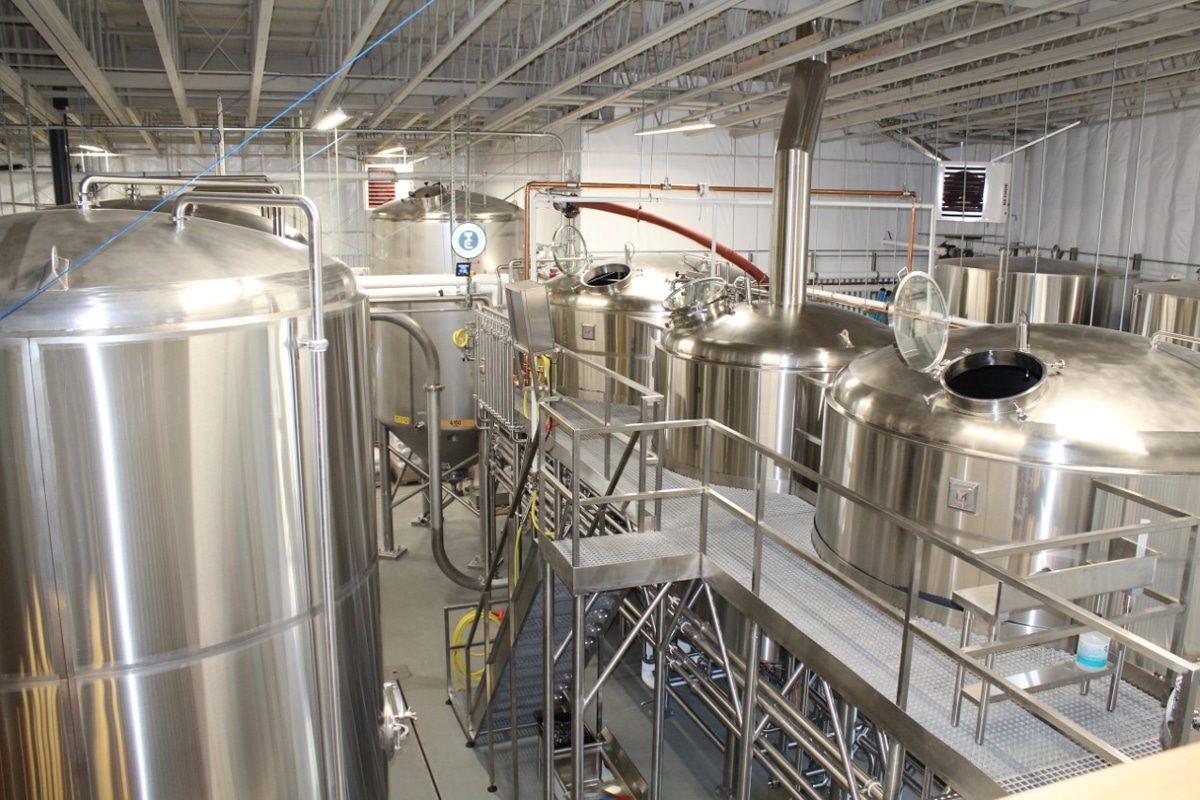
Get A Turnkey Brewery Solution
Navigating the complexities of the craft beer industry requires expertise, innovation, and a deep understanding of the target market. ZYB Craft emerges as a trusted partner for breweries aspiring to thrive in this competitive landscape. As a professional brewery solution provider, ZYB Craft offers turnkey solutions tailored to meet the unique needs and preferences of your target market.
Our comprehensive services encompass everything from brewery design and equipment selection to recipe development, quality control, and marketing strategies. With ZYB Craft by your side, you gain access to a team of experienced professionals dedicated to helping you create exceptional craft beer experiences that resonate with your audience.
Whether you’re a startup looking to make a mark or an established brewery seeking to innovate and expand, ZYB Craft provides the expertise, resources, and support you need to succeed. Partner with us to unlock the full potential of your brewery and connect with your target market in meaningful ways.



